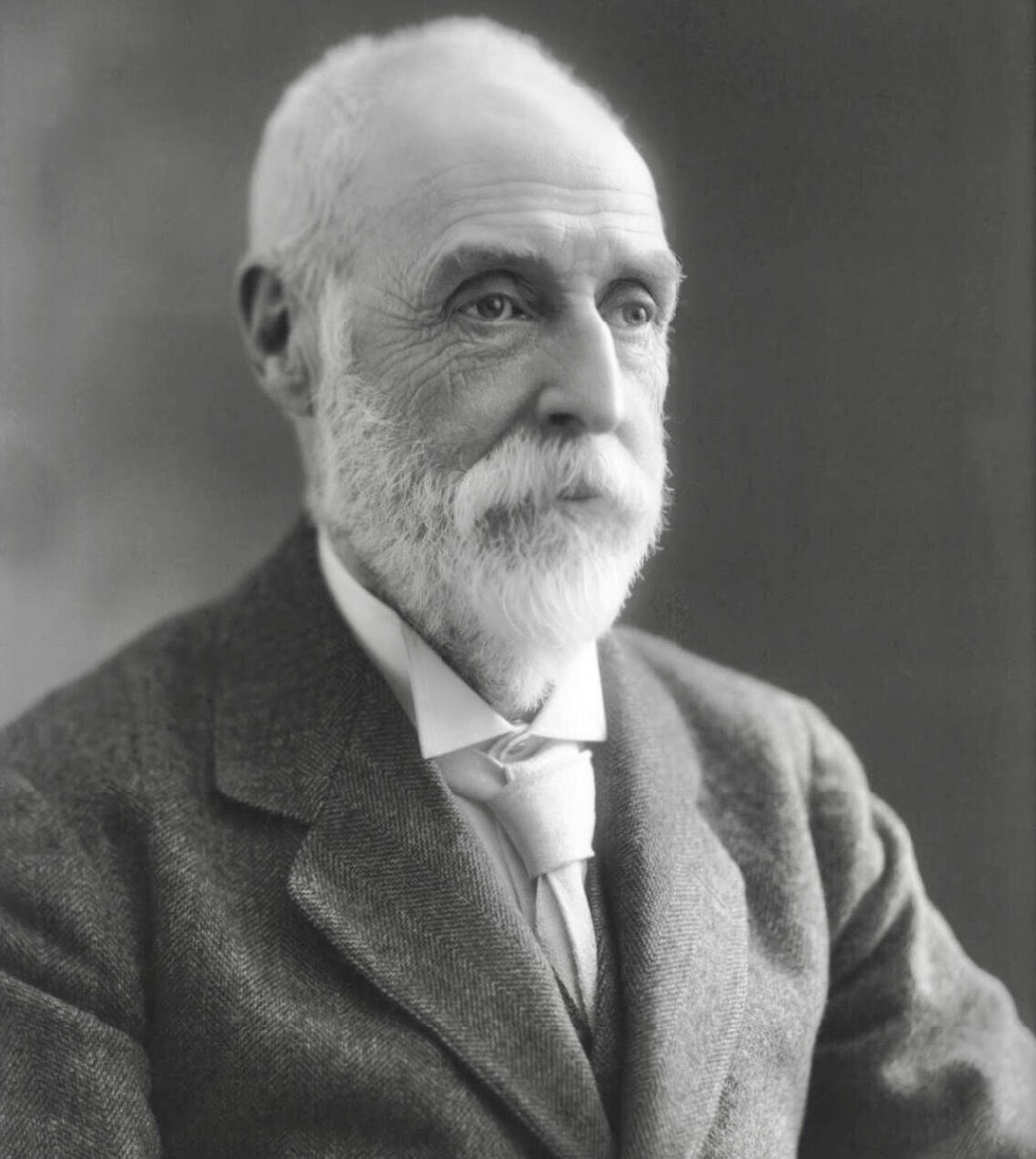Background
When William Tollemache, 9th Earl of Dysart (owner of the Ham House estate) transferred the freehold of Petersham Common to Richmond Town Council in 1900, he specified that it be managed by Petersham Common Conservators. The constituting act of parliament still applies, and we at Petersham Common Conservators have been working for over a century to maintain the environment and heritage of the woodland.
There are nine Conservators comprising six Councillors from the Wards of Ham, Petersham & Richmond Riverside and South Richmond, and three elected 'vestry' Conservators living within the parish of Petersham, each serving a term of three years.
William Tollemache, 9th Earl of Dysart (NPG.org)
Our work is supported by a Treasurer and Secretary. Meetings are open to the public. Please Contact Us if you would like to join.
Ecological Management
The Conservators contract a part-time Woodland Manager to carry out a woodland management plan that maintains the Common, increases biodiversity and provides educational opportunities. A number of groups and local volunteers help with activities on the Common, and the Conservators thank them for their significant contribution and encourage more people to explore and support this historic woodland and enjoy its biodiversity.
In 2016, Ecology Solutions, a leading UK Ecological Consultant, was engaged to help develop a 25 year management plan to restore the ecological balance and diversity of the woodland. Our Woodland Manager, with some help from volunteers, is working hard to restore the Common's ecosystems in accordance with Ecology Solutions' framework.
Our Actions
Planting
As part of the Ecology Solutions Management Plan we are strengthening all three layers of the woodland, namely the ground cover, the shrub layer and the canopy. The woodland has a well-established upper canopy and floral (ground) plain but lacks the middle understory, which is the prime native songbird nesting habitat and a vital source of food and shelter. To this end and as part of the 25 year management plan for the woodlands, over 26,000 native trees have been planted since 2016 to help get the understorey established. We have also opened up eight glades (ground layer) and two coppice glades (shrub layer), and our two Hedgerows (see Others) and roadside planting is helping to improve the habitat further.
In 2020, we planted 3,200 wildflowers and are opening glades of native wildflowers to augment the diversity of the woodland and provide vital food sources for invertabrates and butterflies. These also provide the beautiful colour that we enjoy seeing!
Sustainable Drainage System (SuDS)
SuDS help us to reduce soil and path erosion whilst enhancing the habitats. In 2024 we established a natural swale (a very shallow damp pond area) near the bottom of Dysart Rise Path and create a seasonal wet area using rainwater from SuDS. This will help to manage flood water and offset water shortages as well as provide a valuable habitat for numerous species. It will be lined by Richmond Hill clay, which formed when this land was a moraine in the glaciation period 10,000 years ago.
Rotational Coppicing
This is a traditional woodland management approach that cuts the understorey trees to encourage a denser regrowth and to improve the habitat for songbirds. We use coppiced wood for stakes and binders for hedgerow laying though, historically, it was also used as a sustainable source of firewood, building material and also made into charcoal for smelting metals and cooking.
Goals
One of our long-term goals, which we progress through our planting practices, is to encourage native trees to grow, and control non-native trees from spreading. Native trees include the English oak, hornbeam, ash, and field maple. Non-native trees include the horse chestnut, sycamore, Norway maple trees, and North American red oak (introduced in 1616, 1500s, 1750, and 1977, respectively).
The classification of a 'native' tree is open to interpretation! The UK, a nation of islands with a history of global sea faring trafe, exploration, science, geographical change, and invasions, has many potential 'cut-off dates' to classify a tree as native. A widely held view is that a tree established before the 1492 Christopher Colombus era is 'native'.
Another long-term goal that we are working on is mapping the trees. We have begun this process and are continuously working towards indentification and plotting.

